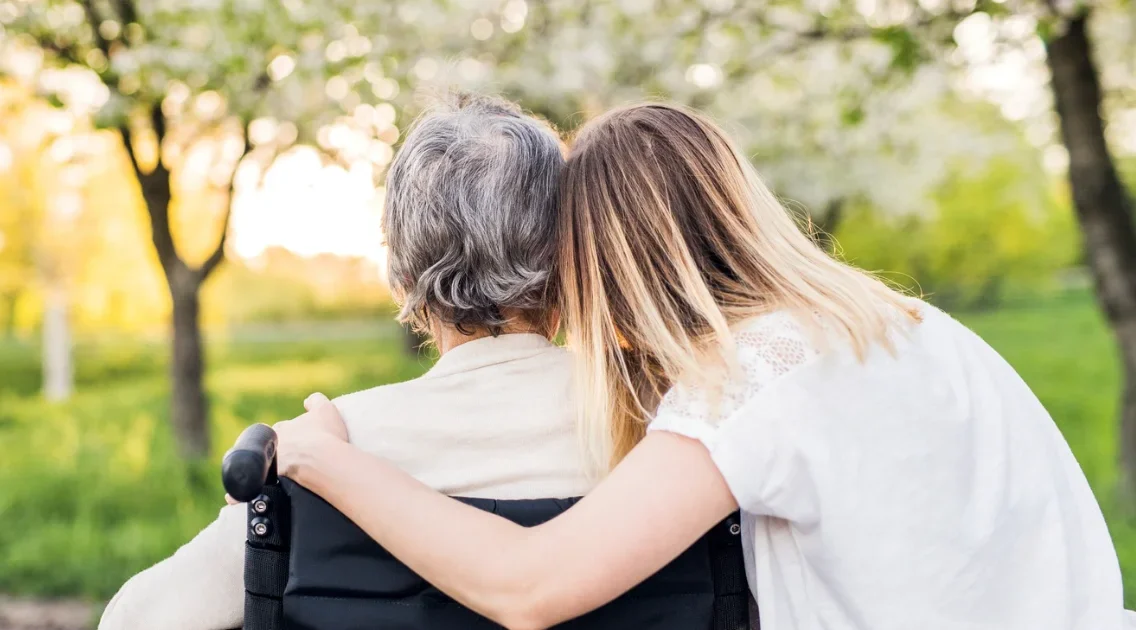Falls among older adults are common and can lead to severe health complications. Some elderly loved ones live alone and do not have regular visitors. Others may not openly share their struggles. Whatever the case, it’s vital that you keep an eye out for signs indicating a recent fall.
You might see physical signs after a fall, these could include bruising or obvious injuries and changes in mobility. You might also notice behavioral changes that suggest an incident, perhaps an sudden change in their mood.
Observing these signs can help ensure that your loved one receives the care they need, whether at home or in a nursing facility.
Signs Your Elderly Loved One May Have Fallen
1. Physical Injuries or Bruising
Visible signs, like unexplained bruises, scrapes, or swelling, are among the most straightforward indicators of a recent fall. Elders might try to hide these marks, especially if they’re worried about losing independence.
Look for bruising on the knees, elbows, hips, or hands—areas that might make contact with the ground during a fall. Swelling or redness can also signal an injury, even if your loved one claims to be fine.
2. Changes in Mobility
A fall can affect how an elderly person walks or moves around. You might notice your loved one walking more slowly, shuffling, or hesitating to use stairs or uneven surfaces. They may also rely on furniture for balance or seem to avoid standing or walking altogether.
3. Increased Fatigue or Discomfort
If your loved one appears unusually tired or complains of aches and pains, this could be a result of a fall. Falls often lead to sore muscles or joint stiffness, especially if they’re trying to recover without medical help.
Pay attention if they begin mentioning pain in areas commonly injured during falls, such as the lower back, hips, or shoulders.
4. Fear of Movement or Avoiding Certain Activities
After a fall, some elderly individuals develop a fear of falling again, which can lead to social withdrawal or avoiding activities they once enjoyed. If they seem reluctant to go for walks, engage in physical hobbies, or leave the house, it could stem from anxiety about getting hurt again.
This fear can show up as hesitation to get up from a chair or bed. Your love done might try to avoid situations where they feel at risk of falling.
5. Wearing the Same Clothes or Neglecting Personal Hygiene
Falls can make routine tasks, like changing clothes or bathing, difficult or painful. Your loved one may wear the same clothes for several days. They might also skip hygiene because of physical discomfort or a lack of confidence in moving around alone. This is a subtle but important sign that they might be struggling with mobility due to an injury.
6. Changes in Mood or Behavior
Physical pain or the fear of falling can take a toll on an elder’s mental state. You might notice them becoming more irritable, withdrawn, or anxious.
Depression and frustration are also common, especially if your loved one feels ashamed or is embarrassed about a fall. Keep an eye out for mood shifts that aren’t typical for them, as emotional changes can be just as telling as physical signs.
Nursing Home Abuse and Neglect: When to Suspect It
When an elder resides in a nursing home, falls should be addressed promptly by the care staff. However, neglect or abuse in these facilities can sometimes go unnoticed and contribute to fall-related injuries.
Signs that might suggest abuse or neglect include:
- Untreated injuries
- Bedsores
- A lack of staff communication about falls.
Signs of inadequate care from nursing staff include:
- Your loved one reports frequent falls
- They seem fearful of specific staff members
- Sudden changes in their health or demeanor
Nursing home neglect can also manifest as dehydration, malnutrition, or a generally unkempt appearance. These signs might signal that the facility isn’t meeting essential health and safety standards for nursing homes.
Addressing any suspicions with the facility’s management or considering legal options can ensure your loved one’s safety and well-being.
Wisconsin Elder Abuse Statistics
The 2022 Wisconsin Elder Abuse and Neglect Report identifies elder self-neglect, financial exploitation, and neglect by others as major concerns. Specifically, 47.5% of reports were related to self-neglect, 22.0% to financial exploitation, and 10.4% to neglect by others.
Among other elder abuse cases the DHS reported, over half (53.5%) were substantiated, while 35.8% were unsubstantiated. Most affected elders were between ages 70-79 (36.4%), and 57% were female. Key abuser demographics indicate family members, particularly sons (14.6%) and daughters (14.5%), as common alleged abusers.
Take Action for Their Safety
If you suspect that your loved one has fallen, a proactive approach is essential. Check in with them regularly, in person and via phone call. Ask about their physical comfort, and encourage open conversations about any fears or discomfort they may have.
Additionally, consider scheduling medical evaluations if you observe unexplained injuries or behavioral changes. Supporting their mobility and safety can improve their quality of life and help prevent future falls.
 Calls Answered 24/7
Calls Answered 24/7









